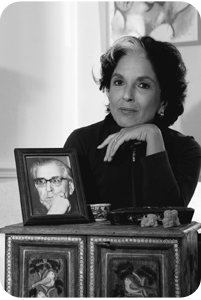All too frequently overshadowed by their male counterparts, women artists have gradually carved out their rightful place on France’s art scene. This foundation was laid by courageous women artists of the late-19th century, with more following little by little over the course of the 19th and into the 20th century. Here are ten of the most renowned artists who helped pave the way for today’s generation of women artists in France.

Portrait of Marie Antoinette, Elisabeth Vigée Le Brun © Château de Versailles, Dist. RMN : © Christophe Fouin
Elisabeth Vigée Le Brun (1755-1842)
Elisabeth Vigée Le Brun was one of the most renowned artists of the end of the 18th and first half of the 19th century. A child prodigy, her talent for drawing was noticed at a young age by her father, a pastel artist, who let her dabble with his supplies. After several years at a convent school, she began an apprenticeship with an artist. A professional artist by age 14, within only a few years she began painting high-level aristocrats and she was one of the first women accepted into a French painting academy, or guild. Her work soon attracted the attention of the royal court (then looking to rehabilitate the Queen’s reputation); she became the Queen’s official portraitist and painted her over thirty times. Fleeing during the Revolution, she was able to return to her artistic career under the Napoleonic regime.
Where to see her art: Musée du Louvre (French Painting Department), Versailles (le Petit Trianon)
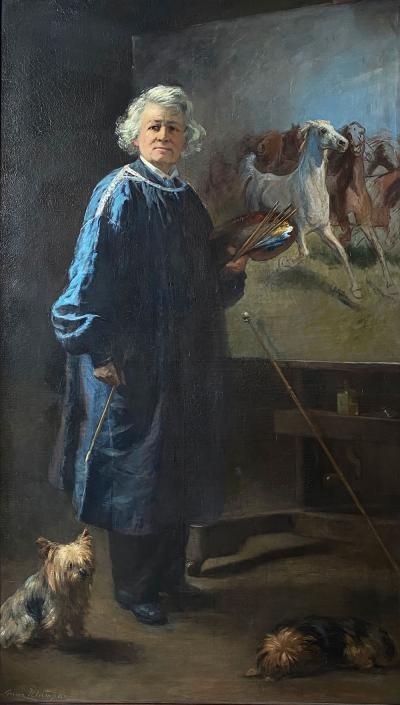
Portrait de Rosa Bonheur dans son atelier au château de By
©Chateau de Rosa Bonheur
Rosa Bonheur (1822-1899)
Also the daughter of an artist father, Rosa Bonheur’s love of animal paintings began as a child and continued throughout her career. She studied animals in the suburbs of Paris, the Bois de Boulogne and the National Veterinary Institute. Bonheur’s first major success was Ploughing in the Nivernais, on display at the Musée d’Orsay, and was awarded a gold medal in 1849. Adored by the US market, Bonheur was the first female French artist to be awarded the Legion of Honour.
Where to see her art: Musée d’Orsay, Chateau de Rosa Bonheur (near Fontainebleau)

Le jardin à Bougival (1884) Berthe Morisot, and top image: Self-Portrait (1889), Berthe Morisot, both Musée Marmatton-Monet
Berthe Morisot (1841-1895)
A rebellious artist from her early days, Berthe began painting alongside her sister. A close friend of Édouard Manet, the two exchanged frequently on art; Morisot would later marry his brother. She was one of the founding members of les “Artistes Anonymes Associés,” a group of innovative artists including Claude Monet, Auguste Renoir, Alfred Sisley, Camille Pissarro, and Edgar Degas who would later be called the impressionists. Today her work features in many of the world’s most prestigious museums.
Where to see her art: Musée d’Orsay and the Musée Marmottan-Monet
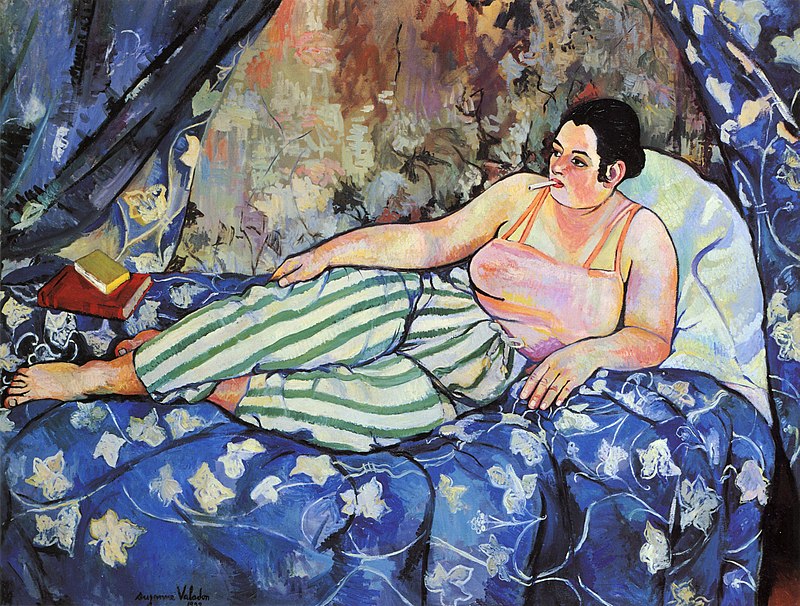
The Blue Room (1923), Centre Pompidou – Musée National d’Art Moderne
Suzanne Valadon (1865-1938)
Interested in drawing as a child, Marie-Clémentine Valadon, later called Suzanne, came from a poor family and was obligated to begin work aged 11. After an accident at the circus where she was an acrobatist, she started modeling for artists including Berthe Morisot, Renoir, Degas and Toulouse-Lautrec. These encounters encouraged her to pursue her own artistic career. Known for her bold nudes as well as portraits, still lifes, and landscape, she became the first woman painter admitted to the Société nationale des Beaux-Arts. Valadon and her son, the notable painter Maurice Utrillo, are celebrated at the Montmartre Museum, part of which comprises their former studio.
Where to see her art: Musée d’Orsay, Centre Pompidou and Musée de Montmartre

La Répétition (1936), Marie Laurencin, Centre Pompidou
Marie Laurencin (1883-1956)
A multi-talented artist born in Paris, Marie Laurencin got her start in art by learning the trade of porcelain painting at the École de Sèvres before she moved on to the Académie Humbert. It was here where she met Braque and Picabia, steering her in the direction of modernism. A fauvist before becoming a prominent cubist, Laurencin became a popular society portraitist after the Great War. She also dabbled in theatre set design and costumes.
Where to see her art: Musée de l’Orangerie and Centre Pompidou
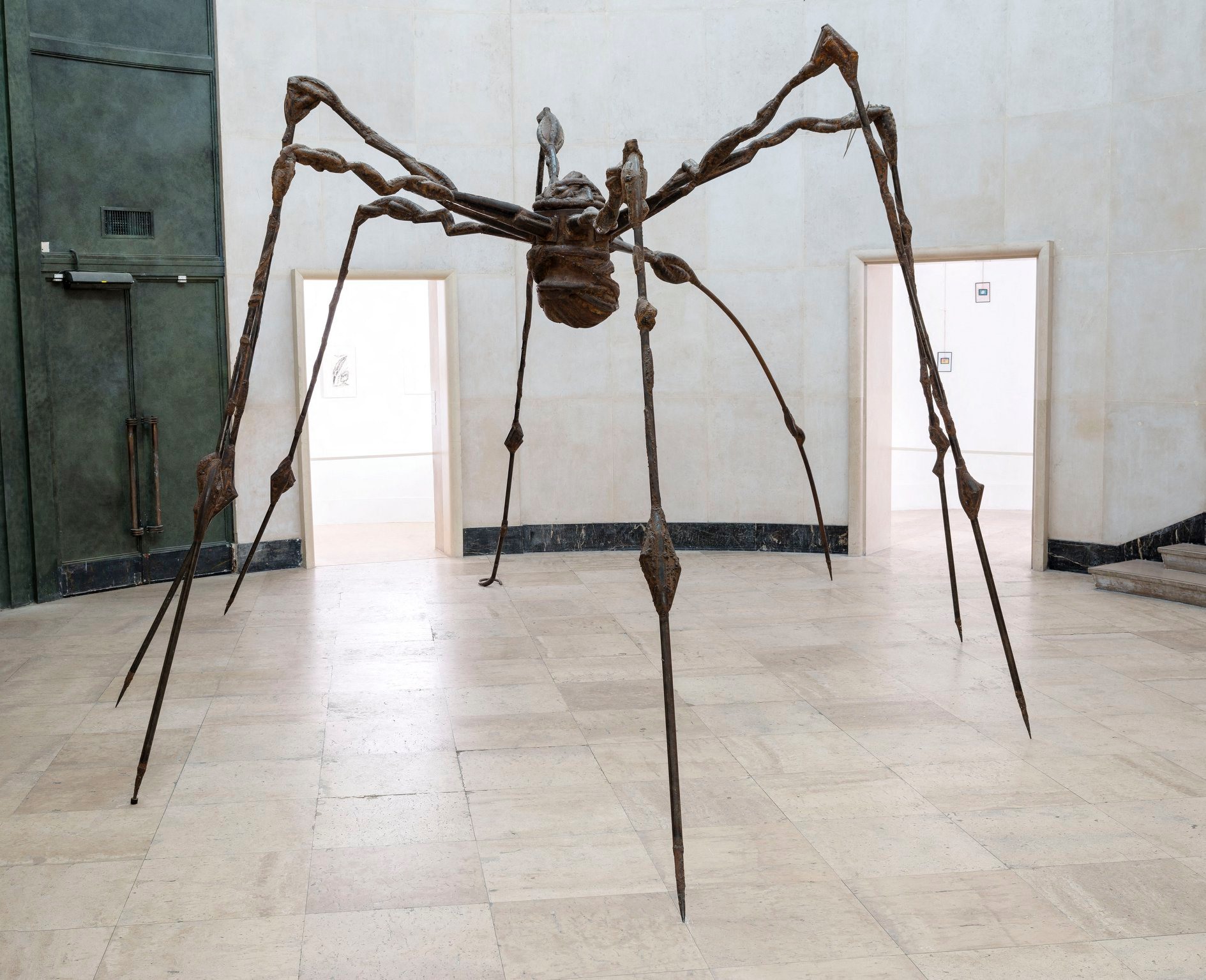
Louise Bourgeois, Spider (Araignée) (1995). Don de la SAMAM en 1995 © The Easton Foundation / ADAGP, Paris 2020 / Julien Vidal / Parisienne de Photographie
Louise Bourgeois (1911 – 2010)
One of the most renowned artists of the 20th century, Louise Bourgeois might be best known for her large-scale sculpture and installation art, however, her work evolved dramatically over her long career. After her mother’s death, Bourgeois abandoned the study of maths to pursue art, first at the École des Beaux-Arts and the École du Louvre, before moving on to independent academies in Montparnasse and Montmartre. It was after moving to New York with her husband, an art scholar, in the late 1930s that her career and individual style began to flourish, especially when she joined the American Abstract Artists Group in the 1950s.
Where to see her art: Centre Pompidou and the Modern Art Museum of the City of Paris

Stravinksy Fountain ( 1983), Niki de Saint Phalle, Photo: Clement Dorval / Ville de Paris
Niki de Saint-Phalle (1930-2002)
Born in France and raised in the United States, Niki de Saint-Phalle is best remembered for her monumental, curvaceous and colourful sculptures. Nevertheless, Saint-Phalle was also a painter, filmmaker and illustrator. The self-taught artist portrayed her traumatic childhood through violent assemblages shot by firearms, which caught the attention of the international art world. She collaborated with other notable artists like Jasper Johns, Robert Rauschenberg and Jean Tinguely. Her sculptural commissions decorate public spaces around the world. In Paris, her most notable work on display is the colourful, nouveau realist Stravinksky Fountain created with her husband Jean Tinguely in 1983.
Where to see her art: Centre Pompidou.
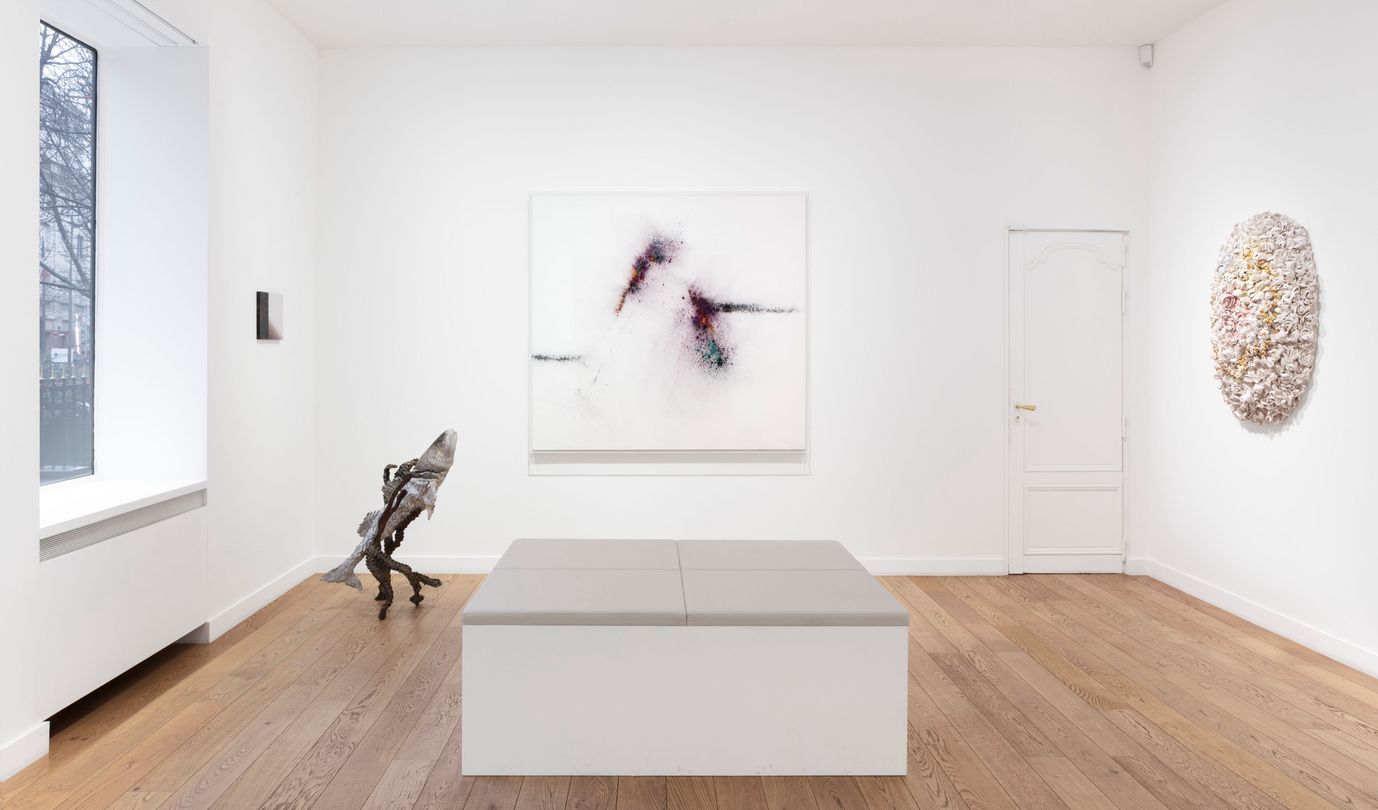
Sophie Calle, Gallerie Perrotin, Paris
Sophie Calle (1953- )
Born in the Parisian suburb of Malakoff and raised in the South of France, Sophie Calle is one of the most prominent living artists on the international art stage. A globe-trotting feminist activist in her youth, Calle returned to Paris and turned towards art. Known for her very personal work exploring identity, Calle crisscrosses genres from writing to photography and from installation work to conceptual art. She frequently exhibits in contemporary art galleries around the world.
Where to see her art: Gallerie Perrotin (75003)


